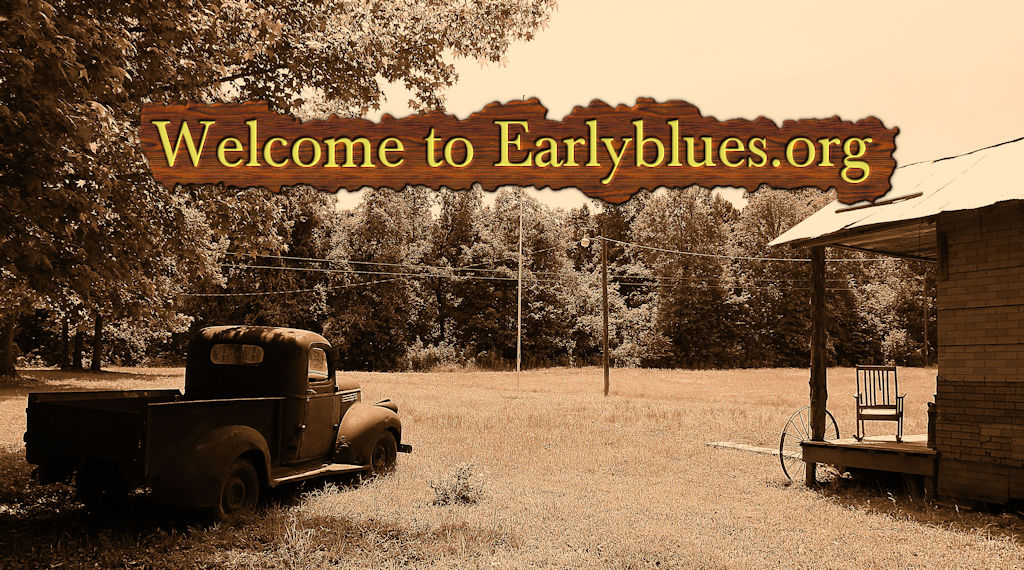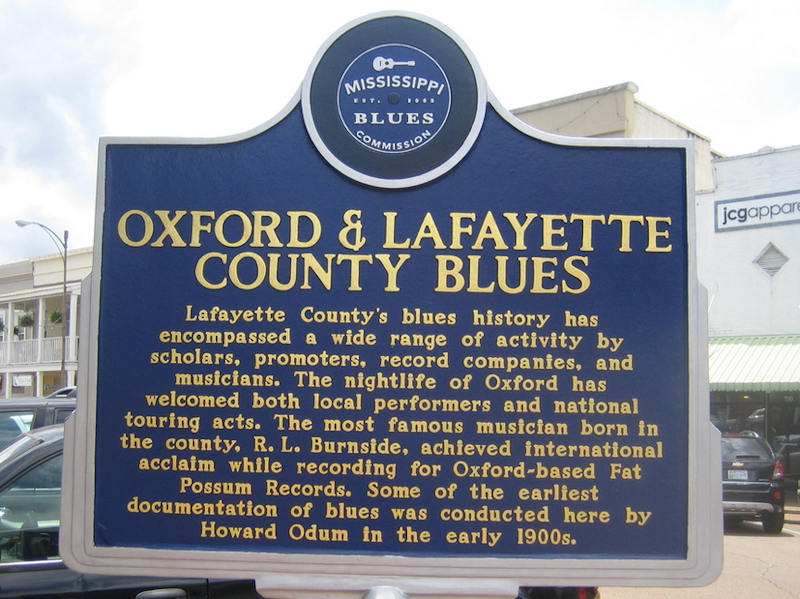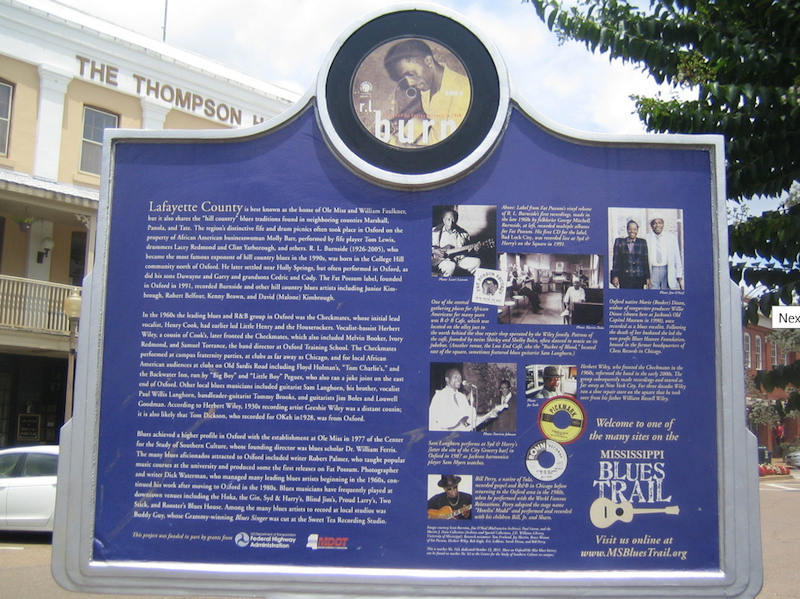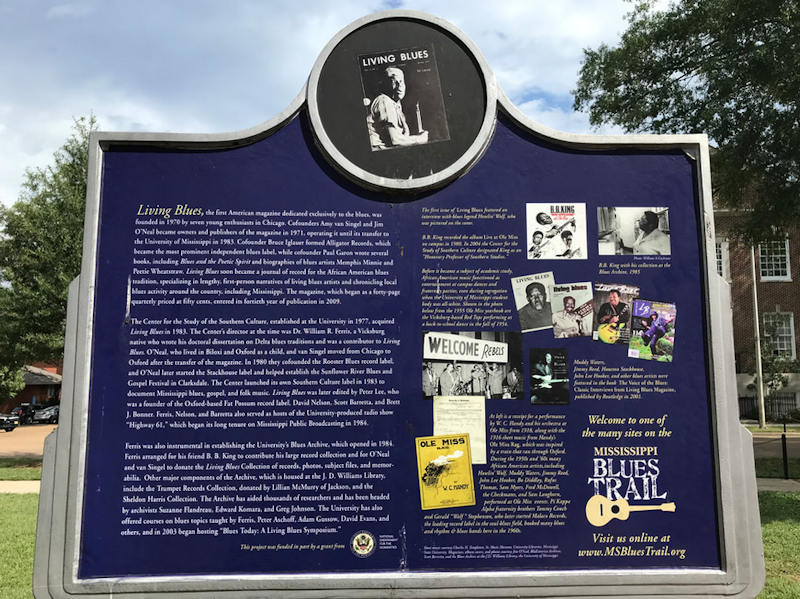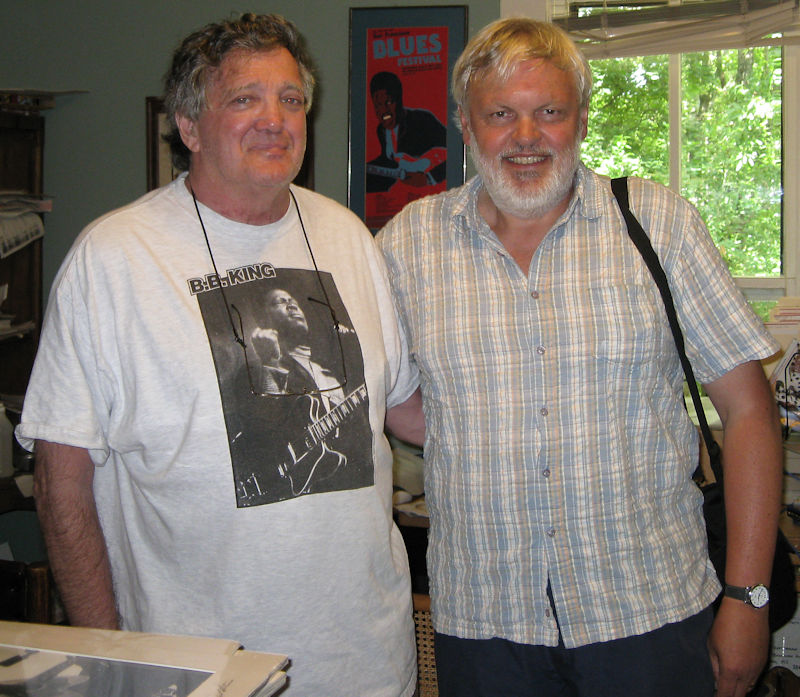Themed Photo Gallery and Information: Oxford, Mississippi
History
Oxford is a city in, and the county seat of, Lafayette County, Mississippi, United States. Founded in 1837, it was named after the British university city of Oxford in hopes of having the state university located there, which it did successfully attract.
As of the 2010 US Census, the population is 18,916; the Census Bureau estimates the city’s 2017 population at 23,639. Oxford is the home of the University of Mississippi, founded in 1848, also commonly known as “Ole Miss”.
Oxford and Lafayette County were formed from lands ceded by the Chickasaw in the Treaty of Pontotoc Creek in 1832. The county was organized in 1836, and in 1837 three pioneers—John Martin, John Chisom, and John Craig—purchased land from Hoka, a female Chickasaw landowner, as a site for the town. They named it Oxford, intending to promote it as a center of learning in the Old Southwest. In 1841, the Mississippi legislature selected Oxford as the site of the state university, which opened in 1848.
During the American Civil War, Oxford was occupied by federal troops under Generals Ulysses S. Grant and William T. Sherman in 1862; in 1864 Major General Andrew Jackson Smith burned the buildings in the town square, including the county courthouse. In the postwar Reconstruction Era, the town recovered slowly, aided by federal judge Robert Andrews Hill, who secured funds to build a new courthouse in 1872. During this period many African American freedmen moved from farms into town and established a neighborhood known as “Freedmen Town”, where they built houses, businesses, churches and schools, and exercised all the rights of citizenship. Even after Mississippi disenfranchised most African Americans in the Constitution of 1890, they continued to build their lives in the face of discrimination.
During the Civil Rights Movement, Oxford drew national attention in the Ole Miss riot of 1962. State officials, including Governor Ross Barnett, prevented James Meredith, an African American, from enrolling at the University of Mississippi, even after the federal courts had ruled that he be admitted. In late September 1962, President John F. Kennedy, following secret face-saving negotiations with Barnett, ordered United States Marshals to accompany Meredith, while Barnett agreed to use Mississippi Highway Patrol to keep the peace. Thousands of armed “volunteers” flowed into the Oxford area. Meredith traveled to Oxford under armed guard to register, but riots by segregationists broke out in protest of his admittance. That evening, cars were burned, federal marshals were pelted with rocks, bricks and small arms fire, and university property was damaged by three thousand rioters. Two men were killed by gunshot wounds. The riot spread into adjacent areas of the city of Oxford. Order was finally restored to the campus with the early morning arrival of nationalized Mississippi National Guard and regular U.S. Army units, who camped in the City.
Oxford has had a diverse music scene for many years. Oxford’s relatively close proximity to large music cities such as Memphis, New Orleans, and Nashville, influence its musical stylings. Musicians past and present living in Oxford include Beanland, The Cooters, Bass Drum of Death, Kudzu Kings, Blue Mountain, George McConnell, Caroline Herring and blues harp player Adam Gussow.
Oxford is also the home of the renegade blues label Fat Possum Records, who released records by blues legends R. L. Burnside and Junior Kimbrough, as well as The Black Keys. Johnny Marr, former guitarist for The Smiths and current member of Modest Mouse bought a home in Oxford but no longer lives in it. Former Derek and the Dominos member Bobby Whitlock lived in Oxford where he had a ranch and his own studio.
Musicians Modest Mouse, Gavin Degraw, Elvis Costello, The Hives, and Counting Crows have recorded albums at Sweet Tea Recording Studio in Oxford. Dennis Herring, the owner of Sweet Tea, has received Grammy awards for his work with artists such as Jars of Clay and blues great Buddy Guy.
Bob Dylan wrote a song called “Oxford Town”, which was included on his album The Freewheelin’ Bob Dylan. The song was about the violent events surrounding the admission of James Meredith into the University of Mississippi in 1962. Dylan played a memorable concert at the Tad Smith Coliseum on the Ole Miss campus in November 1990, which opened with a performance of the song Oxford Town.
Oxford has been the setting for numerous movies, including Intruder in the Dust (1949, based on the Faulkner novel), Home from the Hill (1960), Barn Burning (1980, based on the Faulkner short story), Rush (1981 documentary), Heart of Dixie (1989), The Gun in Betty Lou’s Handbag (1992), Glorious Mail (2005), Sorry, We’re Open (2008 documentary), The Night of the Loup Garou (2009), Where I Begin (2010), and parts of The People vs. Larry Flynt (1997).
Source: Wikipedia
Mississippi Blues Trail Markers
Full text:
Lafayette County’s blues history has encompassed a wide range of activity by scholars, promoters, record companies, and musicians. The nightlife of Oxford has welcomed both local performers and national touring acts. The most famous musician born in the county, R. L. Burnside, achieved international acclaim while recording for Oxford-based Fat Possum Records. Some of the earliest documentation of blues was conducted here by Howard Odum in the early 1900s.
Lafayette County is best known as the home of Ole Miss and William Faulkner, but it also shares the “hill country” blues traditions found in neighboring counties Marshall, Panola, and Tate. The region’s distinctive fife and drum picnics often took place in Oxford on the property of African American businesswoman Molly Barr, performed by fife player Tom Lewis, drummers Lacey Redmond and Clint Yarborough, and others. R. L. Burnside (1926-2005), who became the most famous exponent of hill country blues in the 1990s, was born in the College Hill community north of Oxford. He later settled near Holly Springs, but often performed in Oxford, as did his sons Duwayne and Garry and grandsons Cedric and Cody. The Fat Possum label, founded in Oxford in 1991, recorded Burnside and other hill country blues artists including Junior Kimbrough, Robert Belfour, Kenny Brown, and David (Malone) Kimbrough.
In the 1960s the leading blues and R&B group in Oxford was the Checkmates, whose initial lead vocalist, Henry Cook, had earlier led Little Henry and the Houserockers. Vocalist-bassist Herbert Wiley, a cousin of Cook’s, later fronted the Checkmates, which also included Melvin Booker, Ivory Redmond, and Samuel Torrance, the band director at Oxford Training School. The Checkmates performed at campus fraternity parties, at clubs as far away as Chicago, and for local African American audiences at clubs on Old Sardis Road including Floyd Holman’s, “Tom Charlie’s,” and the Backwater Inn, run by “Big Boy” and “Little Boy” Pegues, who also ran a juke joint on the east end of Oxford. Other local blues musicians included guitarist Sam Langhorn, his brother, vocalist Paul Willis Langhorn, bandleader-guitarist Tommy Brooks, and guitarists Jim Boles and Louwell Goodman. According to Herbert Wiley, 1930s recording artist Geeshie Wiley was a distant cousin; it is also likely that Tom Dickson, who recorded for OKeh in1928, was from Oxford.
Blues achieved a higher profile in Oxford with the establishment at Ole Miss in 1977 of the Center for the Study of Southern Culture, whose founding director was blues scholar Dr. William Ferris. The many blues aficionados attracted to Oxford included writer Robert Palmer, who taught popular music courses at the university and produced some the first releases on Fat Possum. Photographer and writer Dick Waterman (see below), who managed many leading blues artists beginning in the 1960s, continued his work after moving to Oxford in the 1980s. Blues musicians have frequently played at downtown venues including the Hoka, the Gin, Syd & Harry’s, Blind Jim’s, Proud Larry’s, Two Stick, and Rooster’s Blues House. Among the many blues artists to record at local studios was Buddy Guy, whose Grammy-winning Blues Singer was cut at the Sweet Tea Recording Studio.
Source: http://msbluestrail.org/
Full text:
The University of Mississippi is internationally famous for its work in documenting African American blues culture. Since 1983 the Center for the Study of Southern Culture has published Living Blues magazine, which it purchased from the magazine’s founders in Chicago. The Living Blues and B.B. King collections of records and memorabilia were among the first major components of the Blues Archive, established by the university in 1984 and housed in the J.D. Williams Library.
Living Blues, the first American magazine dedicated exclusively to the blues, was founded in 1970 by seven young enthusiasts in Chicago. Cofounders Amy van Singel and Jim O’Neal became owners and publishers of the magazine in 1971, operating it until its transfer to the University of Mississippi in 1983. Cofounder Bruce Iglauer formed Alligator Records, which became the most prominent independent blues label, while cofounder Paul Garon wrote several books, including Blues and the Poetic Spirit and biographies of blues artists Memphis Minnie and Peetie Wheatstraw. Living Blues soon became a journal of record for the African American blues tradition, specializing in lengthy, first-person narratives of living blues artists and chronicling local blues activity around the country, including Mississippi. The magazine, which began as a forty-page quarterly priced at fifty cents, entered its fortieth year of publication in 2009.
The Center for the Study of the Southern Culture, established at the University in 1977, acquired Living Blues in 1983. The Center’s director at the time was Dr. William R. Ferris, a Vicksburg native who wrote his doctoral dissertation on Delta blues traditions and was a contributor to Living Blues. O’Neal, who lived in Biloxi and Oxford as a child, and van Singel moved from Chicago to Oxford after the transfer of the magazine. In 1980 they cofounded the Rooster Blvues record label, and O’Neal later started the Stackhouse label and helped establish the Sunflower River Blues and Gospel Festival in Clarksdale. The Center launched its own Southern Culture label in 1983 to document Mississippi blues, gospel, and folk music. Living Blues was later edited by Peter Lee, who was a founder of the Oxford-based Fat Possum record label, David Nelson, Scott Barretta, and Brett J. Bonner. Ferris, Nelson, and Barretta also served as hosts of the University-produced radio show “Highway 61,” which began its long tenure on Mississippi Public Broadcasting in 1984.
Ferris was also instrumental in establishing the University’s Blues Archive, which opened in 1984. Ferris arranged for his friend B. B. King to contribute his large record collection and for O’Neal and van Singel to donate the Living Blues Collection of records, photos, subject files, and memor-abilia. Other major components of the Archive, which is housed at the J. D. Williams Library, include the Trumpet Records Collection, donated by Lillian McMurry of Jackson, and the Sheldon Harris Collection. The Archive has aided thousands of researchers and has been headed by archivists Suzanne Flandreau, Edward Komara, and Greg Johnson. The University has also offered courses on blues topics taught by Ferris, Peter Aschoff, Adam Gussow, David Evans, and others, and in 2003 began hosting “Blues Today: A Living Blues Symposium.”
Photo Gallery
Dick Waterman and me.
During our visit to Oxford we had the pleasure of being invited to spend an afternoon with my most admired blues photographer Dick Waterman – talking about the blues, naturally, and of course I couldnt resist buying one of his photos of Mississippi John Hurt – now proudy framed and hanging in our lounge.
Here is the Wikipedia entry for Dick:
Dick Waterman (born July 14, 1935) is an American writer, promoter and photographer who has been influential in the development and recording of the blues since the 1960s.
Waterman was born in Plymouth, Massachusetts, United States. He studied journalism at Boston University in the 1950s. He moved on to write for Broadside Magazine and later became its feature editor. In 1963 he began to promote local shows with blues artists, including Mississippi John Hurt, Booker “Bukka” White and Mississippi Fred McDowell. In 1964 he went to Mississippi on a quest that eventually led to his “rediscovery” of legendary blues singer Son House.
Following this, he founded Avalon Productions, the first booking agency specifically formed to represent blues artists. Within a few years, he was representing House, White, Hurt, Skip James, Sam “Lightnin'” Hopkins, Arthur Crudup, Junior Wells, J. B. Hutto, and many others. He also promoted concerts by folk and rock acts in the Boston area. In the late 1960s he met a young female guitarist and singer named Bonnie Raitt and encouraged her to begin what has become a long, fruitful music career.
As the older blues artists died, Waterman’s responsibilities shifted to care of their estates and providing for their heirs. He moved to Oxford, Mississippi in the 1980s and began a second career publishing the photographs of blues, folk, country and jazz artists that he had been taking since the early 1960s. His book Between Midnight and Day: The Last Unpublished Blues Archive contains about 100 of his photographs from the 1960s onwards.
In 1993, Waterman was instrumental in placing a new headstone on the grave of Mississippi Fred McDowell with funding from Bonnie Raitt through the Mt. Zion Memorial Fund. Waterman delivered a stirring tribute to McDowell, an early mentor of younger musicians including Raitt, at the dedication ceremony on August 6, 1993, in Como, Mississippi.
In 2000, he was inducted into the Blues Hall of Fame, as one of the first non-performers to be so honored. In 2014 in Memphis he received a Keeping the Blues Alive award for Photography; in October 2017 he received a Brass Note on Beale Street in Memphis.
More can be found on his website:
https://www.dickwaterman.com/index
